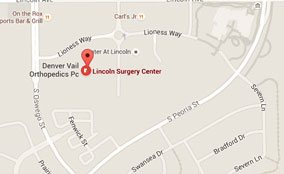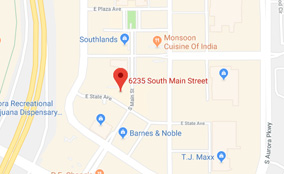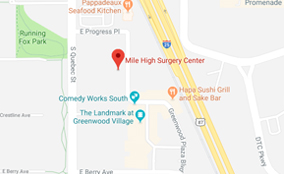Complex Hip & Knee Reconstruction
Hip and knee are complex joints that bear our body weight and allow us to move. They make it possible for us to work, play and be active. They are made of articulating bones supported by ligaments, tendons, muscles and cartilage to provide function. Congenital deformities, complex fractures and complex injuries affect more than one structural component of these joints. Thus their treatment requires an individualized approach which includes proper diagnosis and a unique treatment plan, depending on the individual problem, which may involve more than one type of treatment and surgery. These reconstructive surgeries are categorized as complex hip and knee surgeries. They aim at reconstructing the hip or knee joint rectifying the patient specific problem to relieve pain and provide best possible stability and function. They also include surgeries to reconstruct bones of the hip and the knee after removal of a part of the bone to treat bone cancer.
Complex hip and knee reconstruction surgeries may include:
Open and closed reduction: These are used mainly to treat complex fractures. In open reduction, the surgeon makes an incision on the skin and inserts internal fixators such as wires, screws, pins, or plates either in front or back of the pelvis. In closed reduction the surgeon places external fixators such as pins or screws into the fractured bone on either side of pelvis without making any incision. These pins are then connected to clamps or rods outside the skin which forms an external frame that brings about stability and allows the bone to heal.
Ilizarov Method: The Ilizarov method is a minimally invasive procedure where correction of deformities is done using the circular ring fixator. The Ilizarov procedure is done in 3 phases:
Operative phase: In this phase, K- wires are passed through bones proximal and distal to the deformity and then fixed to the Ilizarov rings using wire fixation bolts. Then the rings are connected by hinges and threaded rods.
Distraction phase: This phase is started after 10 days of operative phase where twits or pressure is applied that stimulates the new bone growth. Bone growth of 3 mm/day may be possible and the distraction phase is continued till the deformity is corrected. Once the deformity is fully corrected, the apparatus is locked.
Consolidation phase: It is the period between the locking of apparatus and the completion of solid bone formation which may take about 2-3 months. Once the bone is solid, the Ilizarov ring fixations are removed. After removal, a cast made of plaster of Paris (POP) is placed for a month for protection. The patient is mobilized initially for partial weight bearing and is later allowed full weight bearing.
Metal rod in the femoral canal: Bone metastases involving the lower hip are usually treated with metal rod placement down the central canal of the femur than screw and side plate implants.
Bone implantation: If the fragmented or the lost bone cannot be joined by other surgical methods, a healthy bone is removed from one part of the body and is implanted onto that bone. The bone implant is sometimes taken from a cadaver.
ACL reconstruction: Anterior cruciate ligament is one of the three ligaments that hold together the different bones of the knee joint. It passes through the middle of the knee and provides rotational stability to the knee. It is the ligament which is most commonly injured in knee injuries. The ligament is not sutured back but reconstructed from an autograft or an allograft through arthroscopic ACL reconstruction surgery. Most of these ACL ligament injuries are accompanied by damage to cartilage meniscus or other ligaments which is also treated surgically.
Acetabular and femoral osteotomy: Periacetabular osteotomy is a surgical procedure to treat hip dysplasia. Patient suffering from this condition have a shallow socket (acetabulum) of the hip joint. In this procedure the acetabulum is separated from the pelvic bone and is then repositioned using screws to allow for a better fit of the femoral head in the same acetabulum. Sometimes cutting and repositioning of the femoral head is also required and is done by a separate surgery called femoral osteotomy.


















